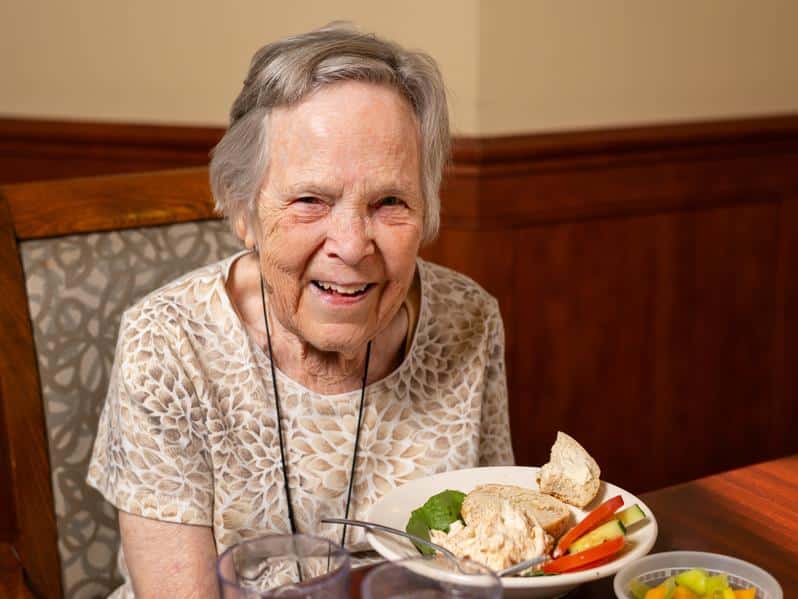
Whether you’ve been considering it yourself, or a well-intentioned loved one has mentioned the idea to you, you may find yourself wondering about when it may be time to move to assisted living. It’s a common question among seniors, especially the planners who want to map out their retirement years as thoroughly as possible.
You may be surprised to discover that, although it’s a question virtually every older adult ponders, there’s no clear-cut, universal answer.
For some seniors, the decision to move to an assisted living community is very black and white. For one reason or another, their health or safety is compromised, and assisted living is the best way to preserve their independence while accessing an appropriate level of support.
In many other cases, there are shades of gray that make the timing less certain. However, there are usually some signs that can help you or a loved one identify when to move to assisted living. It may come as no surprise that nearly all of them relate to maintaining or improving quality of life.
How does assisted living affect quality of life?
Generally, the level of support an older adult needs is influenced by two primary factors: their medical conditions and their ability to adequately care for themselves. A medical diagnosis or progression of an existing condition can be an indication that it’s time to move to an assisted living community.
What’s harder to determine is the tipping point when an independent senior needs additional resources to maintain a reasonable quality of life. Often, an evaluation comes down to assessing how well a person is able to perform essential everyday activities. There are actually two categories of these activities: Activities of Daily Living and Instrumental Activities of Daily Living (sometimes you’ll hear professionals refer to these as ADLs and IADLs). These are the collective skills, actions and behaviors necessary for a person to live at home independently.
ADLs fulfill a person’s most basic needs. These include routine hygiene, nourishment and movement. More specifically, ADLs include tasks like bathing, grooming, dressing, using the bathroom, eating, and moving safely from one position or location to another. You might find it helpful to think of these as the life skills one learns as a young child.
IADLs, on the other hand, are more complex — the types of progressively independent behaviors a child learns as they transition out of early childhood and into their teen years. Examples include managing finances, preparing meals, managing transportation (whether autonomously or by arranging for rides), housekeeping and managing medications.
Often, trouble with ADLs and/or IADLs stem from a physical or cognitive health that may otherwise stay under the radar. Fortunately, providing support for ADLs and IADLs in a stable environment, such as an assisted living community, can help many older adults retain their independence — or even regain some lost autonomy — and enjoy a more rewarding quality of life.
What are some signs it’s time for assisted living?
A senior who is struggling with ADLs may not realize there’s a problem, because their abilities have eroded over time. However, a caregiver or loved one can watch for indications that something is amiss:
- Changes in mood or behavior
- Deteriorating hygiene practices
- Skipped or forgotten medications
- Poor housekeeping habits
- Overdraft notices or late fees on bills
- Missed medical appointments
- Fluctuations in weight (either up or down)
- Unexplained scrapes, cuts or bruises, which can be evidence of a fall
Planning for now, and for later
Once you determine assisted living is a realistic possibility for your future or a loved one’s, you’ll likely want to begin exploring options in your area. Starting early, before you have an urgent and immediate need, will allow you to fully explore and compare senior living communities you (or your loved one) may ultimately call home.
Many families appreciate the long-term advantages of a Life Plan Community like Village Shalom. Not only does Village Shalom offer four distinct levels of all-inclusive assisted living care, but the community also provides additional levels of care, including memory care and skilled nursing, for residents whose health needs may change in the future. This continuum of care means residents have priority access to the care they need within the familiar surroundings they already call home.
Our welcoming staff can help you determine if it’s time to move to assisted living and answer all your questions in the meantime. Contact us to learn more about assisted living at Village Shalom.